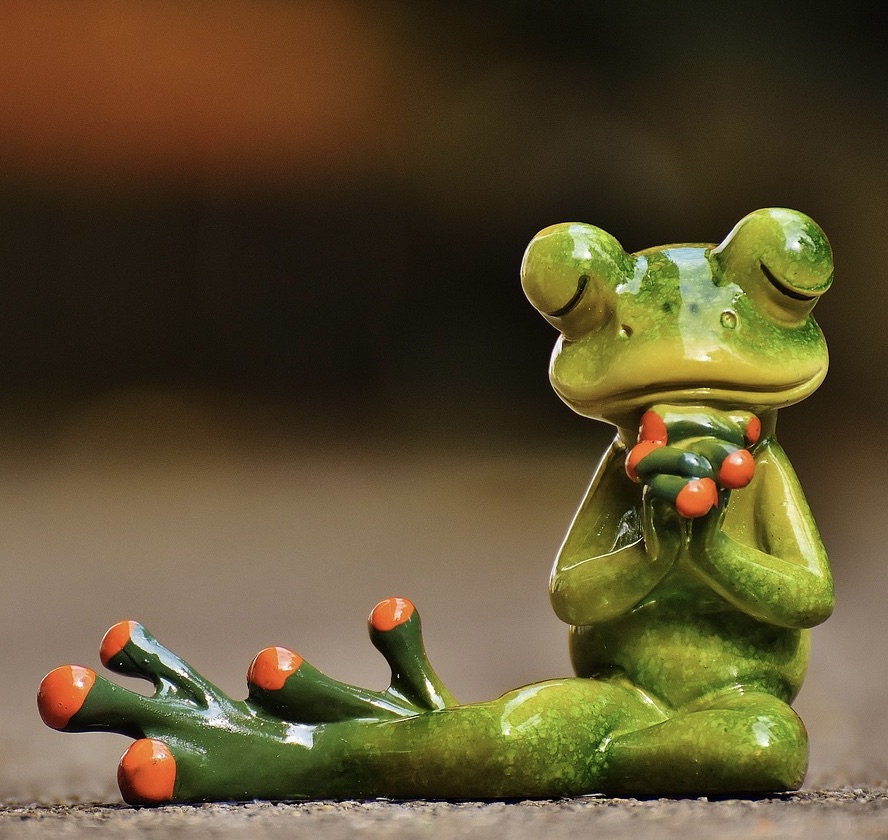from island of no birdsong
“It was the heavy silence. A dawn in the tropics without bird sounds bordered on the surreal. The silence was so complete that it seemed to be audible, and so eerie that I felt like shuddering.
There were no more native forest birds in southern Guam. Their last stand was in the northern third of the island. Rachel Carson’s silent spring was already a year-round affair in southern Guam.
Extinction was no longer some textbook abstraction here; it was a reality—a silent reality.”
—L. C. Shelton from “Captive Propagation of the Micronesian Kingfisher”
~
“day one : blind and naked”
hu hasso i remember studying native birds of guam in school // “the micronesian kingfisher (i sihek) can see into the water” // “added to the endangered species list in 1984” // “the last wild birds were transferred to american zoos for captive breeding” // on the vocabulary test: “invasive, colonize, extirpate, endangered, extinct”
“day two : casts produced”
when an island loses
its native birds, [we]
feel ghost limb pain
where [our] wings once
44,000 chamorros live in california // 15,000 in washington // what does not change
“day five : flight feather tracts visible on wings”
“A mated pair of Guam Micronesian kingfishers…laid two fertile eggs this spring inside a hollowed-out palm log in a special breeding room of the [Chicago] Lincoln Park Zoo bird house. Keepers promptly stole one of the eggs…The parents incubated and hatched one egg in the hollow log…The other egg hatched [a few days later] inside an incubation machine in a lab, where the chick now lives, fed by keepers from tweezers protruding beneath the beak of an oversized kingfisher hand puppet” [2010]
“day seven : feather tracts visible on back, sides and head”
“hu hongge i lina’la’
tataotao ta’lo åmen”
i want to believe
in the resurrection
of the body because
i have no memories
of birdsong
st gail, tayuyute [ham], pray for [us]
“kshh-skshh-skshh-kroo-ee kroo-ee kroo-ee”
“o asaina o aniti o asaina o aniti”
from island of no birdsong
~
“day ten : eyes begin to open, bill all black”
[we] flock to mass on sundays // when grandma kneels, her body closes in pain // but when the Bible opens her body opens the pages, wings // once i found a clutch of leathery eggs in the hollow of a fallen coconut tree // “more than two million brown tree snakes have been born on island during the past 50 years”
~
“day thirteen : feathers begin breaking through skin”
the endemic marianas crow [aga] // “added to the endangered species list in 1984” // “scientists placed electric barriers around nests, built facilities for artificial incubation, and transferred ten wild-caught crows to u.s. zoos for captive breeding”
10,000 in texas // 7,000 in hawaiʻi // what still belongs
~
in 2011 the last female [aga] on guam died in captivity of kidney failure // her name was mochong // she was 12 years old // mochong leaves behind two male [aga] // one lives in captivity and the other lives in the confines of andersen air force base // avian silence in the place where even silence no longer belongs
~
hu hasso i remember standing in line with grandma to receive the eucharist // “body of christ” the priest says, offering the host in his hand // “amen” i respond and open my mouth // even our tongues are 70% water
~
let go, let go, let go, said the last marianas crow
your kind can’t bear very much diversity
~
“”hu hongge i lina’la’
tataotao ta’lo åmen””
i want to believe in
the resurrection
of the body because
after enduring
so many lifetimes
of loss, [our] bodies
will refuse to be
reborn
as anything
other
than bird
-song.
st kevin, tayuyute [ham], pray for [us]
“kaaa-ah kaaa-ah”
“o asaina o aniti”
from island of no birdsong
~
“day nineteen : breast feathers breaking from sheaths”
hu hasso i remember the barbed wire fence and fighter jets breaking above the jungle behind grandma’s house where native birds ate insects and wove nests from spider webs // “guam now has forty times more spiders than other nearby islands”
i was 20 the first time i saw a live micronesian kingfisher // the shy bird hid in the corner of the high-tech cage at the san diego zoo it didn’t make a sound
“guam is such a fascinating natural laboratory, we have so many questions!”
~
“day twenty : skin completely covered by pin feathers”
“On January 1, 2014, the Smithsonian National Zoo rung in the New Year with the hatching of a Micronesian kingfisher, the most endangered species in its collection. The animal care staff is hand-raising the chick, which involves feeding it at two-hour intervals, seven to eight times per day. This birth brings the total population to 129 birds, all of which live in captivity”
70,000 still live on Guam, 150,000 live off-island // is migration [our] species survival plan
~
when [we] return to the pew after communion, grandma prays as i count how many people are still standing in line to receive the eucharist // whose body is given // whose bodies are taken?
“view inside one of guam’s micronesian kingfisher nest logs through live video feed!”
““hu hongge i lina’la’
tataotao ta’lo åmen””
i want to believe in
the resurrection
of the body because
[our] hearts are 75%
water // and every pulse
is a wave accustomed
to breaking
st anthony of padua tayuyute [ham] pray for [us]
“kshh-skshh-skshh-kroo-ee, kroo-ee, kroo-ee”
“kaaa-ah kaaa-ah”
“o asaina o aniti o asaina o aniti”
from island of no birdsong
~
“day twenty-seven : feathers emerged from sheaths”
[we] flock to recruitment centers, ensnared // “chamorros have the highest per capita enlistment rates in the united states” // is this [our] species survival plan // grandma kneels and closes her eyes
~
“day twenty-nine : perching”
birds once digested, husked, and scattered seeds // caught in the web of extinction, the native fire tree [hayun lagu] was added to the endangered species list in 1987 // trophic cascade, descending plumeria
“The 36th Civil Engineer Squadron Environmental Flight hosted a volunteer workday for military personnel and their families by assisting in the replacement and repair of an ungulate-, deer- and pig-proof, seven-foot high fence around the endangered fire tree on Andersen Air Force Base. The fence was non-functional, making scientific research studies on the tree, its seedlings, and the surrounding habitat difficult.
The fire tree is the last of its kind on Guam. More than 40 volunteers showed up, with representatives from 36th CES, 734th Air Mobility Squadron, 36th Mobility Response Squadron, Naval Airborne Weapons Maintenance Unit 1, U.S. Fish and Wildlife Service, and Guam Division of Aquatic and Wildlife Resources. The workday was set up…to increase the ties between natural resources management and military readiness. The Conservation Program is responsible for managing 8 endangered species and their habitat on base.” (2012)
~
“day thirty : fully feathered” “day thirty-five : fledging”
hu hasso i remember grandma gives me her rosary at the airport // i clutch them while standing in line at the boarding gate // these prayer beads, an archipealgo, connects us through prayer
“”hu hongge i lina’la’
tataotao ta’lo åmen””
i want to believe
in the resurrection
because [our] bodies
are 60% water //
because [we] are the seeds
from the last fire tree
waiting to be rooted
into prayer //
waiting to be raised
into procession
st dorothy, tayuyute [ham], pray for [us]
“kaaa-ah kaaa-ah”
“kshh-skshh-skshh-kroo-ee kroo-ee kroo-ee”
“o asaina o aniti o asaina o aniti”

Craig Santos Perez is a native Chamorro from the Pacific Island of Guam. He is the author of three books, most recently from unincorporated territory [guma’], which received an American Book Award 2015. He is an associate professor in the English department at the University of Hawaiʻi, Mānoa.


![Monument for Inger Christensen. Photo by David Stjernholm. Featured image for [o] by Kristi Maxwell.](https://atlengthmag.com/wp-content/uploads/2025/06/Monument-for-Inger-Christensen_Kaare-Golles_002_Photo-by-David-Stjernholm-1280x914-1.jpg)
